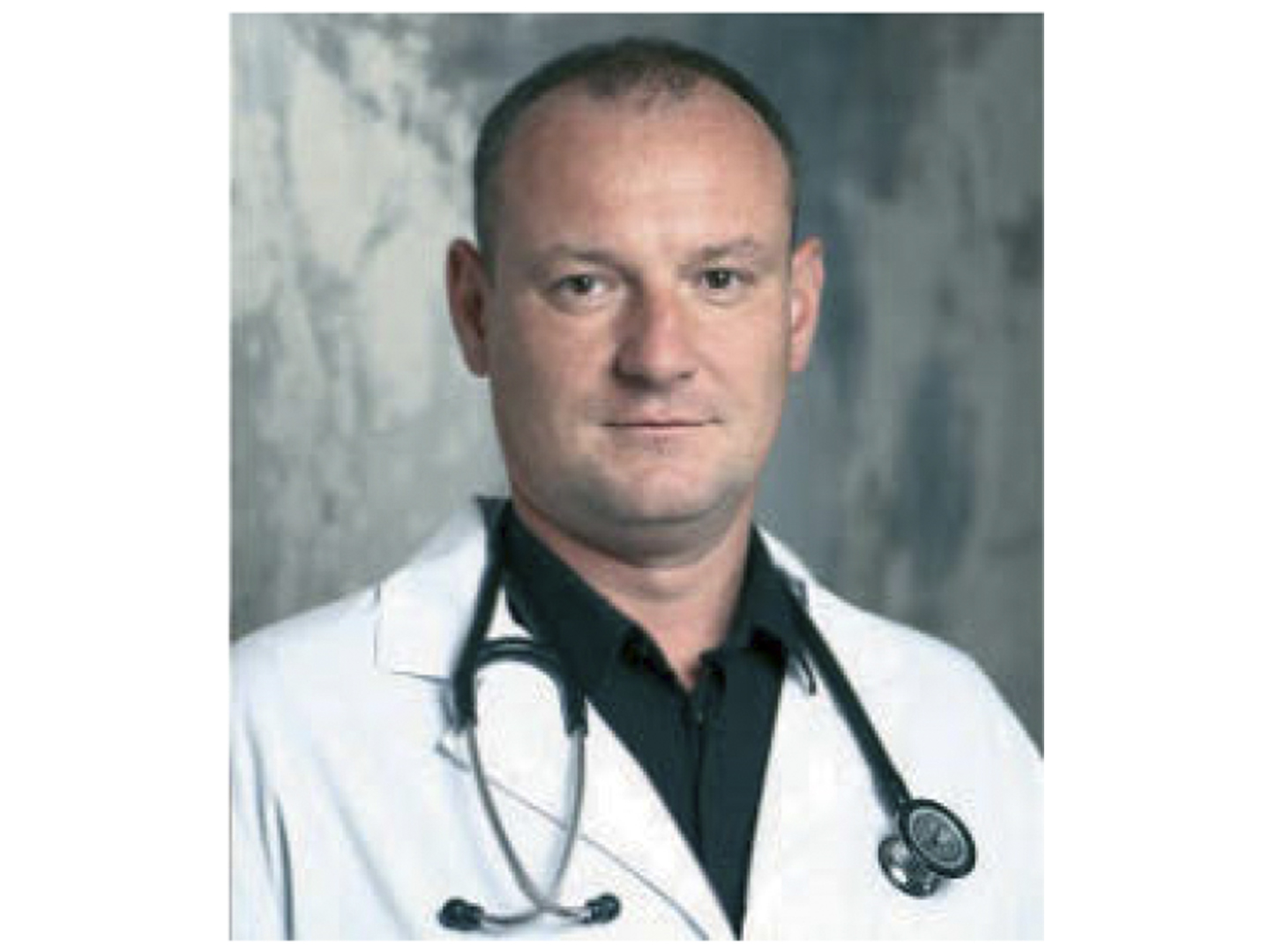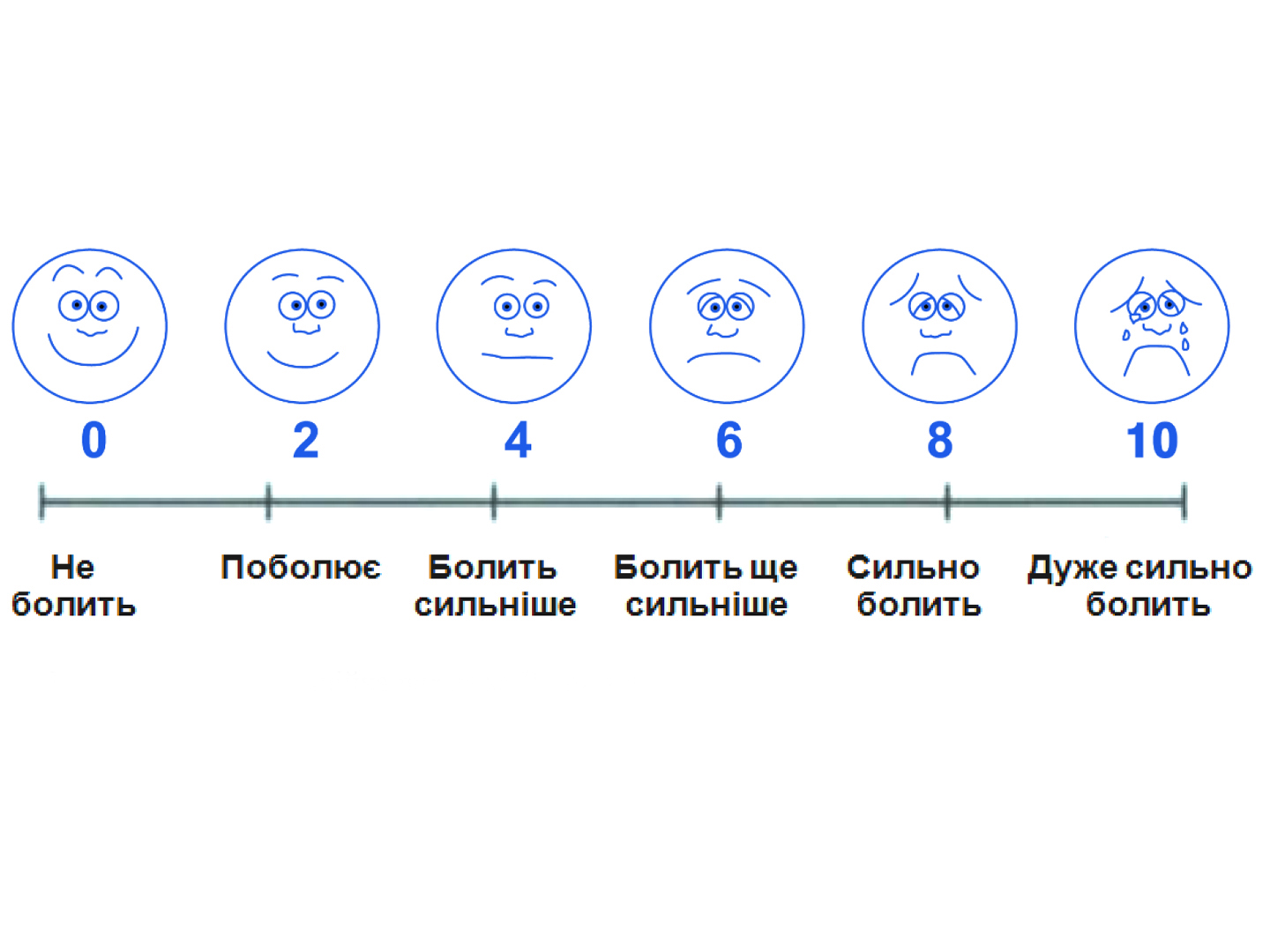Small-volume resuscitation from traumatic shock with Gecoton
Department of Anesthesiology and Intensive Care, State Institution “Dnipropetrovsk Medical Academy of the Ministry of Health of Ukraine”
Municipal Institution “Dnipropetrovsk Regional Clinical Hospital named after I.I. Mechnikov”
Abstract. The article deals with the use of the infusion agent Gekoton (Yuria-Pharm, Ukraine) for smallvolume resuscitation in patients with polytrauma and severe traumatic shock.
Key words: Gekoton, infusion therapy, polytrauma, traumatic shock, intensive therapy.
The major task faced by intensive therapy of traumatic shock is to restore the deficit in circulating blood volume (CBV) by means of infusion therapy characterized by adequate composition, volume and rate of infusion. This is due to the fact that the effectiveness of mechanisms maintaining adequate oxygen transport to human tissues in the setting of low blood oxygen levels is first of all dependent on maintaining normovolemia and cardiac contractile activity. Hypovolemia reduces the compensatory effect of low blood viscosity on venous return and depressed myocardial function, thus preventing an increase in stroke volume resulting from increased venous return [1; 2].
Particularly promising in this context seems the strategy of small-volume resuscitation developed to correct acute hypovolemia and based on the use of hyperosmotic crystalloid solutions. The key concept of
small-volume resuscitation is producing impact on microcirculation and obtaining immediately improved central hemodynamic responses in patients with severe hypovolemic shock administered only 4 mL of infusion fluid per kilogram.


